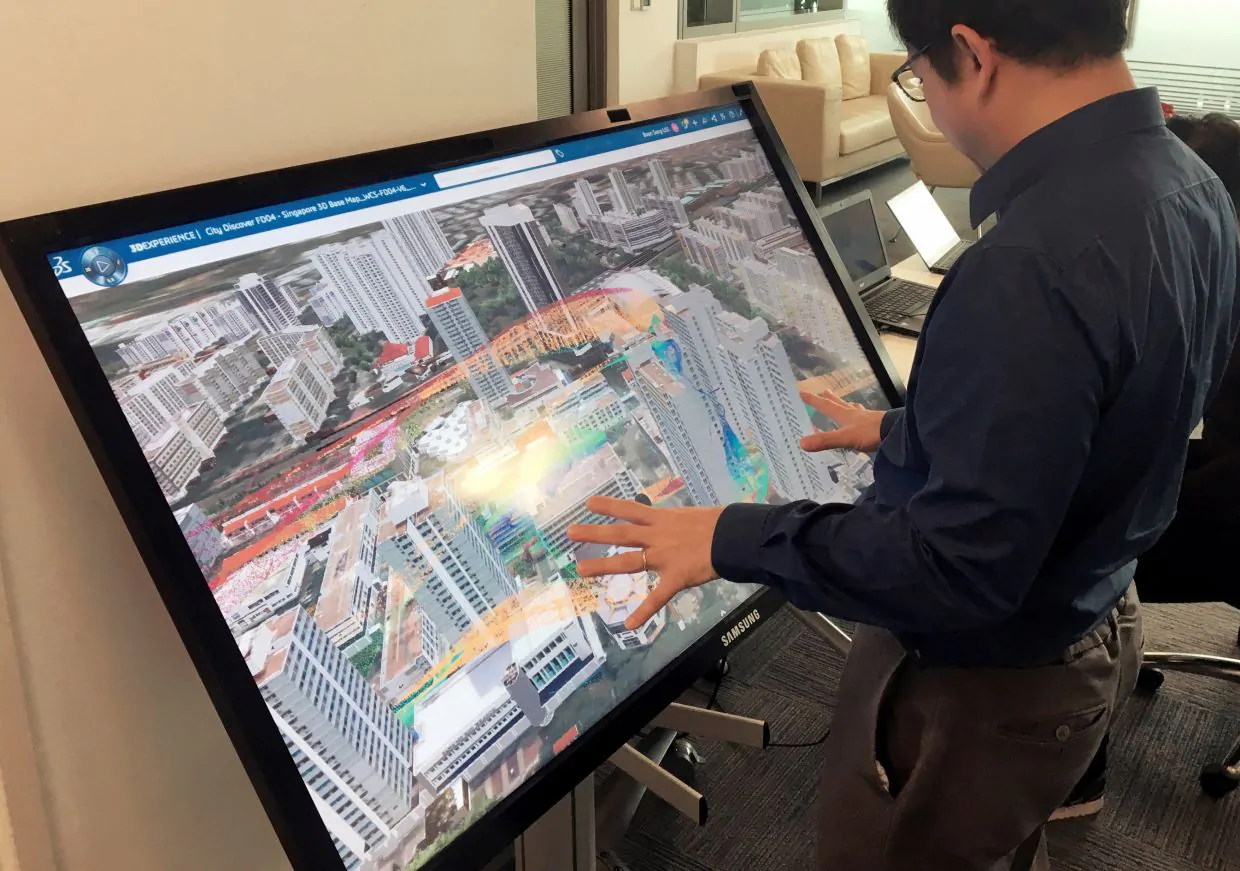By collaborating in the cloud and creating "virtual twins", cities will be able to visualize the effect of their choices in advance.
Over the past five years, some cities around the world have developed true “virtual twins” of their infrastructure and processes. A way to create a digital doppelganger to use as a testing platform. How can this type of “virtual” twin technology help cities respond to emergencies? Just one comes to mind these days.
The virtual twin of a city
Virtual twins are very advanced computer models, which take into account thousands of parameters. From traffic to pollution, from population to city resources, the virtual twin of a city is not a simple collection of data, but a true representation of the physical world. On the virtual twin of a city you can run scenarios and anticipate what will happen as a result of a decision.
The pandemic has accelerated many technological and scientific solutions. Among the needs, that of implementing faster and 'intelligent' decision-making processes, i.e. based on real information, to organize both the present and the complex post-pandemic future.

The response of the cities: the case of Rennes
I've talked about it many times. The efforts are many and in many directions, especially in terms of health, city planning and traffic. It is clear that in this acute phase of the emergency it is necessary to counteract the many widespread consequences. In the emergency phase, the priority is not to resolve the root cause of the crisis, but to address its consequences. Entire companies have had to convert to smartworking, or have to face shop closures and management of public services.
Cities are using advanced collaboration software, such as the 3DEXPERIENCE platform developed by the French Dassault Systèmes, to support complex decisions, coordinate operations and keep vital services running.
In France, for example, the city of Rennes is a case worth mentioning regarding the results of cloud collaboration. The “Virtual Rennes” is a meeting and concertation ground between networks of “flesh and blood” organizations, which can follow and compare their projects, from the economy to the environment, passing through the needs of citizens.

“Technology doesn't solve problems,” he says Guido Porro, Managing Director EUROMED, Dassault Systèmes. “People do. Improving disaster response and building resilience means helping diverse groups of people work together, and that's what our platform does."
The virtual twin of a city can be used for projects in various areas of expertise. The provision of mobility services, waste management or the optimization of urban development, the planning and development of a new hospital, or a new transport hub. In any case, the platform facilitates coordination and common understanding of activities managed by multiple sectors and stakeholders of the city.
Guido Porro, Managing Director EUROMED, Dassault Systèmes
A necessity regardless of the pandemic

As mentioned, in the global tragedy the pandemic has produced and will produce long-term changes. Even positive ones. Among these, the digital organization of municipalities. Every element, from the way catering is managed in schools to the rules applied to protect citizens and employees on public transport, needs to be organized and will probably need to be redesigned. This is why the idea of having a "virtual twin" is crucial to deal with the situation.
Architects and urban planners they will have to include elements of epidemiology and demographic science in urban design. New types of projects will emerge. Neighborhoods that will aim for air quality, to provide more resilience to the city community. In some cases neighborhoods or complexes will arise with the declared purpose of support biodiversity. A virtual twin can help shape and coordinate hitherto seemingly unrelated elements. The flow of air around a building's ventilation system. The pollution in that area, the impact of the blocking materials on the environment.
On the virtual twin of a city it will be possible to draw the embryo of a city which will no longer be a sum of houses and streets, but almost a living organism.
Eyes and ears everywhere. Also on social networks
As I said, the “virtual twins” of cities are digital, yes, but they are based on real data. And even on real people, if you look closely: they are the political representatives of a city who can use it. They are associations and stakeholders, who can add to the platform. And they are the citizens themselves, who interact with each other and with the institutions every day. The new coordination and collaboration platforms in the cloud also support this "granular" communication, giving the organizations involved the possibility to follow trends, manage projects, share and discuss ideas and create dashboards to monitor their communication campaigns. Dassault's platform in particular allows you to create powerful visual representations and models that also summarize key messages and developments for citizens. In other words, from the design of solutions to the dialogue with the community, everything can be connected.

And in the future?
In the coming years, cities will develop and use new practices to plan their operation. Utility providers and other essential organizations will need to refine decision-making models that enable them to deal with even sudden emergencies. It will be crucial to adapt and maintain efficiency even in complex contexts.


